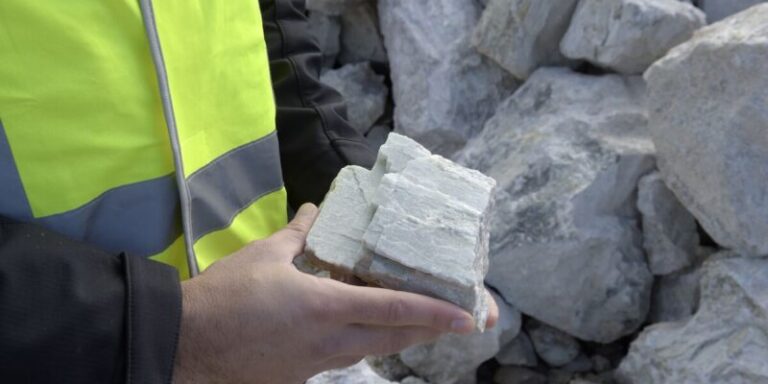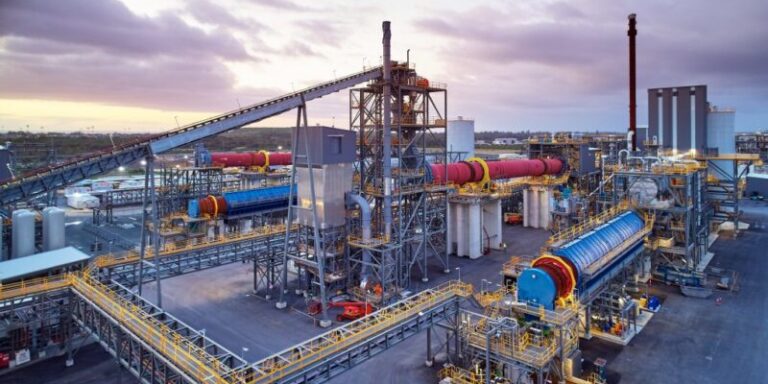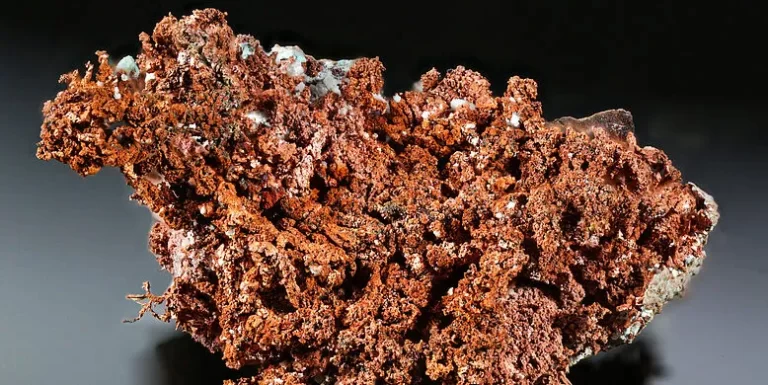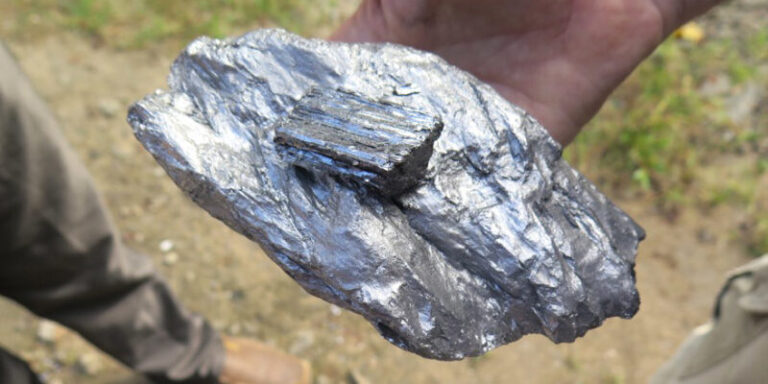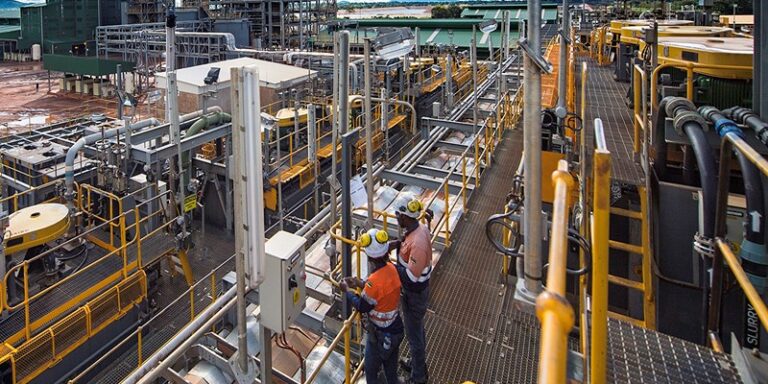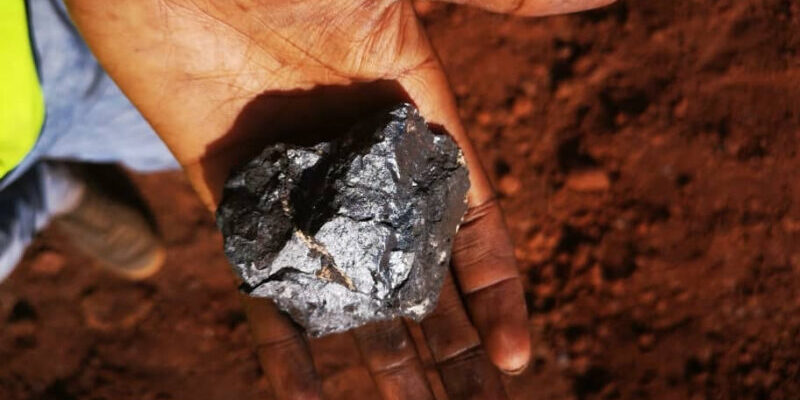
Spot manganese ore prices increased by 56% in the three months leading up to June, primarily due to the temporary closure of the cyclone-damaged Gemco manganese mine in Australia, according to Jupiter Mines.
Sydney-listed Jupiter operates South Africa’s Tshipi Borwa manganese mine, located in the Kalahari manganese field of the Northern Cape.
This mine is the largest manganese mine in South Africa and the third-largest globally.
During the June quarter, the Tshipi mine recorded zero lost-time injuries, and its total recordable injury frequency rate improved to 0.35, down from 0.52 in the previous quarter.
“Sales and production performance was very strong during the quarter,” noted CEO Brad Rogers in a media release to Mining Weekly.
Sales increased by 35% compared to the March quarter, resulting in full-year sales of 3.55 million tonnes (Mt), exceeding Jupiter’s previous guidance of 3.3 Mt to 3.4 Mt.
Production also rose by 22% from the previous quarter as operations were adjusted to capitalize on improved manganese prices. Realized prices for the quarter were 24% higher than the prior period.
Rising Production Costs
The cost of production on a free-on-board basis rose by 13% compared to the previous quarter, primarily due to higher royalties linked to increased profitability.
In South Africa, royalties are calculated based on earnings before interest and tax and gross sales.
Tshipi capitalized on the improved manganese price environment to offset a 55% increase in logistics costs, with both road and rail volumes surpassing scheduled targets.
Rail volumes via Lüderitz in Namibia also exceeded financial year plans. Additionally, Tshipi exported 171,461 tonnes of low-grade manganese during the quarter.
Tshipi’s earnings before interest, taxes, depreciation, and amortization (EBITDA) for the quarter reached A$60.4 million, an increase of A$15.5 million from the previous quarter.
Global Manganese Stock Trends
The decline in high-grade manganese stocks has been partially mitigated by an increase in semi-carbonate manganese ore stocks from South Africa, as well as a rise in Ghanaian manganese ore, historically used for electrolytic manganese metal production but now also being sintered for ferroalloy production.
Total manganese ore stocks have steadily declined throughout the quarter, reaching a four-and-a-half-year low by mid-June, equivalent to less than two months of consumption.
Despite a sudden uptick in prices and delays in seaborne cargo deliveries to China, stocks procured at lower prices in previous months could still be liquidated profitably at port prices lower than prevailing seaborne prices.
Silicon manganese (SiMn) prices mirrored the trend of manganese ore prices during the quarter, given the contribution of manganese ore to SiMn production costs.
With rising SiMn prices and margins, higher furnace operating rates were recorded, particularly in southern China.
However, end steel demand has remained weak, placing downward pressure on SiMn prices at the end of the quarter.
This could lead to potential reductions in smelters’ operating rates, which may help rebalance supply and demand.
Market Conditions
The increase in South African ore supply has largely resulted from higher exports of low-grade manganese ore, containing manganese levels of 30% to 32%.
However, constraints at major manganese ore export ports in South Africa may limit further substantial increases in export volumes in the short term, with congestion affecting berthing times at certain terminals in Port Elizabeth and Ngqura.
Land logistics solutions are also showing signs of constraint. High-priced manganese ore arrived in China in July, but Chinese port traders may be reluctant to sell this material at current portside transaction levels due to a decline in portside prices since the ore was purchased.
While crude steel production in China showed a recovery in the June quarter, it remains 1.1% lower compared to the same period last year.
Steel prices have generally declined due to weaker demand, particularly for reinforcing bar, as the construction-related steel sector continues to struggle because of China’s troubled real estate market.
In contrast, China’s infrastructure and manufacturing sectors are reporting growth, as is the export steel market.
The decline in the production of reinforcing bar between January and June has reduced SiMn demand to 261,000 tonnes.



